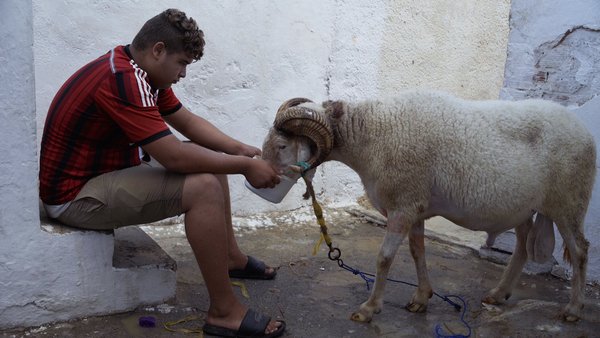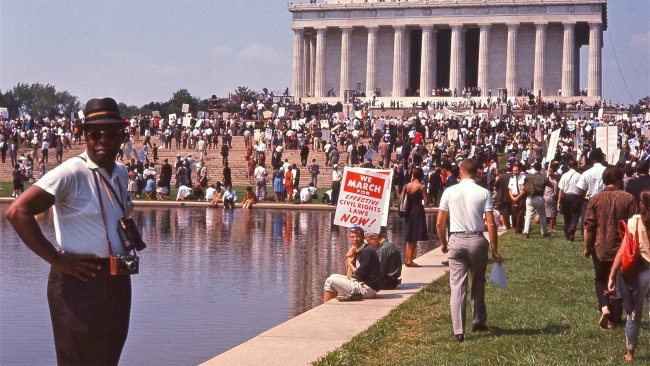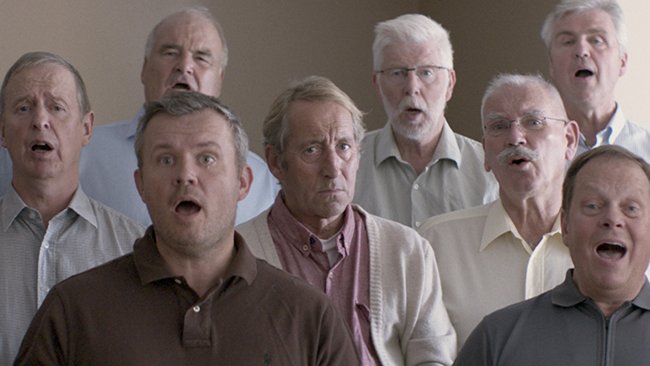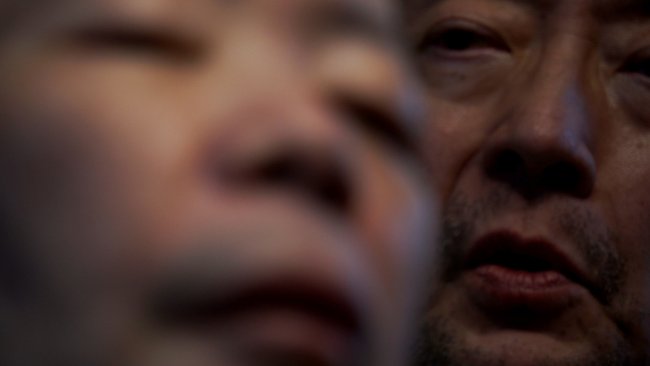Alan Berliner and Magnus Gertten at the ZDOK.23
Mattia Lento followed for Filmexplorer the annual conference on documentary practices in Zurich and reported about the interventions by Alan Berliner and Magnus Gertten on the use of archive material.
Text: Mattia Lento
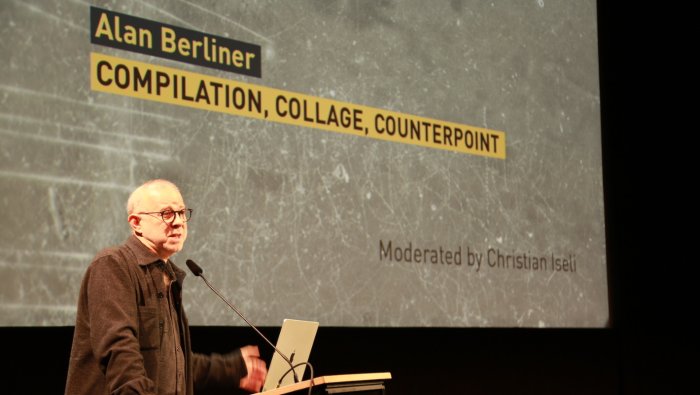
The Archive Beyond Memory
Alan Berliner and Magnus Gertten at the ZDOK.23
In Zurich the “archive fever” that characterizes our contemporary times has recently been at the centre of an interesting debate. In the field of artistic documentary filmmaking the use of “second-hand” images has long since become a very common practice, and it is here that we find – more than anywhere else – personalities who know how to make found footage really speak from an aesthetic, narrative, and reflective point of view. They are film directors or video essayists who are conscious that, referring again to Jacques Derrida, every returning to the archive is (or should be) not only an act of remembering but an act of radical reconfigurations of meanings and emotions. The programme of the twenty-third Zürcher Dokumentarfilmtagung (March 23-24), an annual event organized by the Zürcher Hochschule der Künste, has been full of examples and testimonies related to an original use of the archive. Under the title of "Reality, Second Hand. Archivmaterial und Found Footage im Dokumentarfilm", it hosted internationally renowned filmmakers, video artists and academics.
To my eyes, two names stood out among the speakers at the conference: the renowned Alan Berliner and a personal new discovery, Magnus Gertten. Two true virtuosos of creative reuse of images. Two filmmakers whose working method appears in some ways at antipodes: the former often working on the accumulation, decomposition and recontextualization of an incredible number of images – an operation compared by Berliner to the composition of a colossal puzzle – with the latter working on a few images, and both of them going deep in search of the many stories they can, if properly interrogated, tell.
Alan Berliner’s documentary films have been broadcast all over the world. He has received many awards and was shown at major international film festivals. His extraordinary ability to combine an essayistic and experimental attitude with a compelling and ironical storytelling and an artistic flair with a popular touch has made him one of most acclaimed independent filmmakers of the USA.
Berliner was among the pioneers of home movie reuse. In the 1980s he collected an extraordinary amount of material that led him to make one of the first films in his filmography, namely The Family Album (1986), a one-hour experimental documentary film made with the reuse of a vast collection of rare 16mm home movies from the 1920s through the 1950s and a soundtrack composed by many oral interviews and family audio recordings.
Alan Berliner is not only a great artist, but an out-of-the-ordinary personality who has been able to transform his own experience, his own obsessions and psychoses, into pure visual and narrative art. Indeed, for years Berliner has been a serial accumulator of images, sounds and objects of different kinds: family films, postcards, historical photos, albums, wristwatch components, balls, ambient sounds, and so on. An accumulation that makes him not a messy-archivist but a kind of artist-archivist. In fact, Berliner is obsessed with order, cataloguing, nomenclature. His studio, as he himself shows through a hilarious and self-deprecating short film shown to the audience at the beginning of his presentation in Zurich, is organized just like an archive.
This cataloguing anxiety emerges in all its power in Letter to the editor (2019), the last of his films, which consists of photographs that Berliner himself cut out of the New York Times over the course of 40 years and scrupulously archived. From this immense archive, put together during the night hours of insomnia – another theme of one of his films, namely Wide Awake (2006) – Berliner digitised about 12,000 photos and used more than half of them. He created a sort of Warburgian atlas of images of modernity and a symphony of striking visual themes and motives. The story told by the press photographs is dominated by a succession of catastrophes that remind us of Walter Benjamin's witty reflections on History. Letter to the Editor also refers us back to Umberto Eco's distinction between form and list. Berliner's film is in fact an enormous inventory, an abnormal catalogue of images, something that makes us feel that “vertigo of the list” (vertigine della lista) as described by Eco himself but simultaneously returns to us a sense of order, unity, and hierarchy. It is through Berliner's ironic, sometimes hilarious, first-person narration that this immense catalogue takes form and becomes a full-length representation. Berliner focuses his storytelling on the news consumer of the distant future, for whom the newspaper will probably be an unknown concept. Wandering through his personal archive, which records both the major and minor events of world history, he demonstrates the huge role this medium – and news photography in particular – once played in people’s lives. Letter to the Editor is in fact also a reflection on, and a declaration of love towards, printed media.
At the antipodes to Berliner's work, as I said, is the trilogy by Swedish director Magnus Gertten, who has been working for years now on the same news reel from April 1945 as the starting point of his stories. This film, which circulated in Swedish cinemas in 1945, depicts 220 women who have just escaped from German concentration camps at the end of the Second World War. Gertten amazingly managed to name every single person and, in Every Face Has a Name (2015), he went in search of the people immortalized by the camera to try to reconstruct, in a poetic and dramaturgically powerful way, those moments when the women became free again after the abomination of the Nazi concentration camp. In Nelly and Nadine (2022) he went further and followed the lives of two of the women featured in the 1945 news reel: opera singer Nelly and Nadine, a woman of Chinese descent, who fell in love in the Ravensbrück concentration camp. Thanks in part to social media, the Swedish filmmaker was able to track down Nelly's granddaughter Sylvie and reconstruct, through super-8 footage, photographs and a diary of the couple, a romantic love story lived in the shadow of the taboos of the time. Gertten said that he is now working on a third title in the trilogy that aims to provide a deep historical contextualization of the events that led to the liberation of the two women. His work is another example of vivid and inspired use of archival material. His ability to challenge a unique piece of archival footage is truly extraordinary and turns into a sublime gesture for the aesthetic result but also from an ethical point of view.
Info
Reality, Second Hand – Archivmaterial und Found Footage im Dokumentarfilm | Zürcher Dokumentarfilmtagung.23 (ZDOK.23) | Zürcher Hochschule der Künste (ZHdK) | 23-24/3/2023
First published: March 28, 2023
